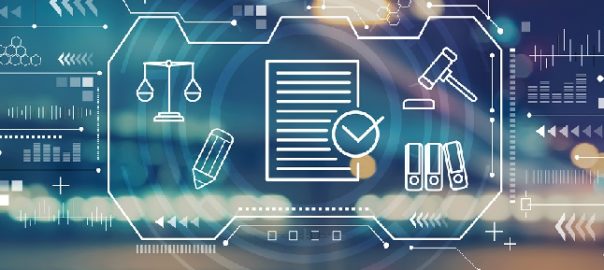A Virtual Data Room is a cloud solution that has been specially developed for the secure storage and sharing of confidential business information.
The need for Data Room software: when and why?
Data and data security are becoming more and more important in the age of the Internet. Virtual Data Rooms are suitable for the secure storage of secret and confidential documents. In today’s world, the protection of secret and confidential documents plays an extremely important role. Because the security of such sensitive documents should always be guaranteed, both during storage and during an exchange. For this purpose, many companies rely on a Data Room software in which confidential information is protected from unauthorized access.
A Data Room is a safe warehouse in which confidential documents can be stored and only be read by authorized persons. During significant material events such as mergers and acquisitions (M&A), tenders, and fundraising, the need to gather all the information needed to make a decision can result in the search of tens of thousands of highly confidential documents. But what are Data Rooms used for?
Most buyers want to conduct an organized assessment of all aspects of a business before a takeover. To enable the prospective buyer to do so, the seller often makes critical records and information available for inspection in a physically secure and constantly monitored room. The team of experts on the buyer side can then access the documents in this data room. In this way, the buyer can confirm his assessment of the company and, if necessary, uncover any weaknesses that could pose a risk to his investment.
Every beginning is difficult
The Virtual Data Room providers faced several challenges:
- Educating customers about the value of a virtual data room as a file storage solution;
- Establishing security concerning the security control for sensitive data in digital form;
- Conversion of customers from paper to digital processes;
- Time and effort spent scanning and uploading paper files;
- Create stable environments for large amounts of documentation.
Security logs for opening, sharing, and printing documents create a detailed path of activity for attendees and reviewers. Data Rooms offer specific features such as advanced permissions, Q&A tools, notes and bookmarks, and multi-factor authentication and watermarks.
Security in the Data Room
Nowadays, Data Room providers are increasingly incorporating machine learning technologies into their software and thus expanding their offerings to include tools such as automatic document translation, report management, etc. The Data Room offers numerous security functions for the managed documents and files that protect company documents and confidential data.
Due to Virtual Data encryption, the software offers the highest possible level of protection when storing and transferring confidential data. Particularly sensitive data can even be protected with a watermark and only certain user groups can be allowed to download them.
Data Room cryptographic protection, ie the encoding of text using complex mathematical algorithms, is gaining popularity. Encryption is the process of converting plaintext into a ciphertext that can only be read by performing the reverse decryption process.
Basic cryptographic encryption methods in the Data Room are:
- encryption using a sensor of pseudo-random numbers, which consists in the fact that the gamma of the cipher is generated by the sensor of pseudo-random numbers and is superimposed on open data, taking into account the reversibility of the process;
- encryption using cryptographic data encryption standards, which is based on proven and tested data encryption algorithms with high cryptocurrency;
- encryption with a pair of keys, in which one key is public and is used to encrypt information, the second key is private and is used to decrypt information.

